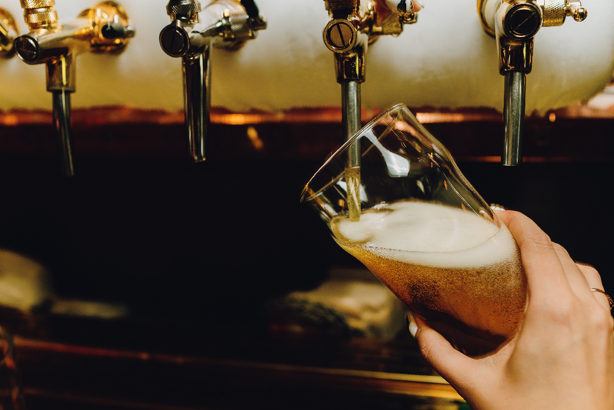Thailand’s beverage alcohol landscape is undergoing a period of change as imports of beer and whisky contract, with consumers showing a growing thirst for wine and cocktails based on Tequila, rum, vodka and gin.
According to IWSR data, total beverage alcohol (TBA) volumes in the country rose by +2% in 2024, but were flat over the 2019-24 period – but this apparently lacklustre performance conceals the opportunities in a country characterised by a robust tourist industry and a vibrant on-trade.
Beer and whisky are traditionally the dominant categories in Thailand. In the premium-and-above price bands beer accounted for over 80% of on-trade volumes in 2024, and blended Scotch was the most lucrative segment, contributing a third of the value generated by spirits sales in the country’s bars, according to IWSR’s on-trade value data.
But this picture is changing, with wine and white spirits (the latter boosted by a dynamic cocktail culture) becoming increasingly significant in recent years. At the same time, beer imports have fallen back as they struggle to compete with well-known local brands, and blended whisky is showing signs of falling out of fashion.
“Thailand’s beer category is remaining resilient as it is popular with locals and tourists alike, and home-grown brands are increasingly elevating their branding efforts,” reports Jalene Teng, IWSR Senior Market Analyst. “Wine is a growing category, with the market maturing and consumers gravitating towards it – and white spirits such as Tequila, rum, vodka and gin are fast becoming crowd favourites thanks to their huge popularity in cocktail bars.”
Wine: tax breaks and health attributes
Tax reductions introduced by the Thai government during 2024 have helped to boost wine sales further, while also opening the market to a broader selection of products and origins.
Imported still wine volumes rose by +3% in 2024, according to IWSR data, and are predicted to continue to expand to 2029, at a CAGR of +3%. Sparkling wine imports also grew by +3% last year, although future growth is forecast to moderate, with a 2024-29 CAGR of +1%.
